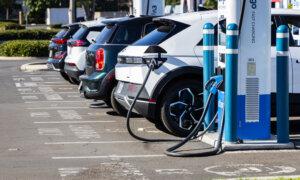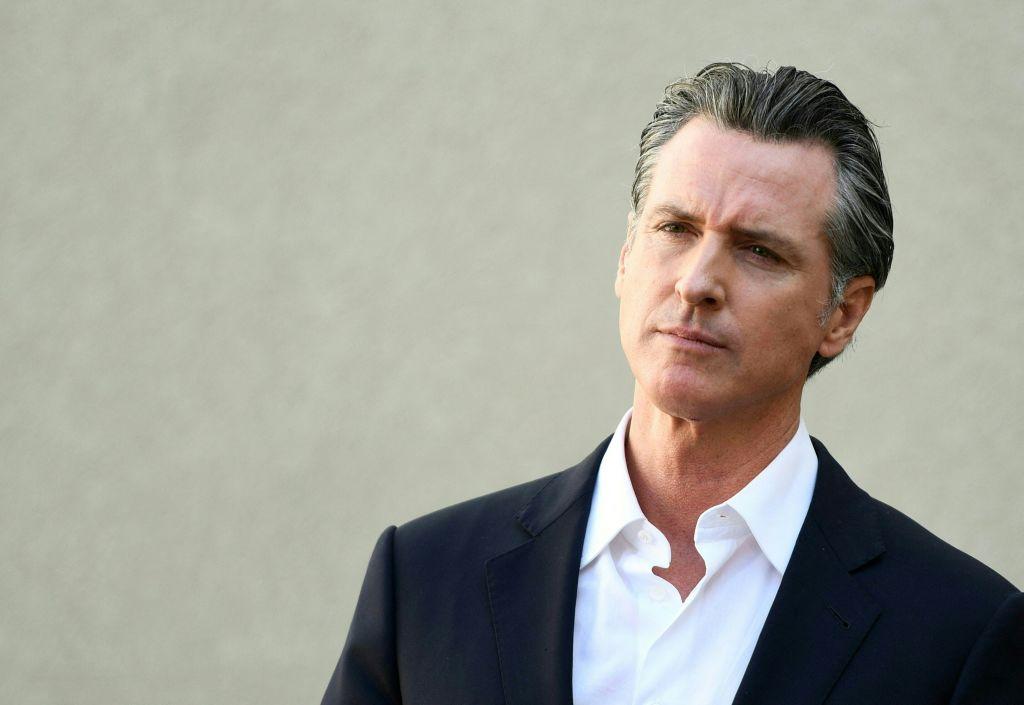It raises serious concerns that policymakers—in wealthy countries only—are setting “green” policies that continue to support human-rights atrocities and environmental degradation in poorer, developing countries where the exotic minerals and metals needed for EVs are mined.
Planet Earth’s Resources Are Limited
Elder’s documentary educates viewers about how the critical minerals and metals needed to support the much-touted “energy transition” to EVs, wind turbines, solar panels, and batteries come from unreliable countries such as China, some poorer African nations, and others. Those countries have minimal labor laws and poor environmental controls, so that their production of the critical minerals and metals needed for going “green” results in serious environmental degradation and dire social consequences.All this, just to support “clean” electricity in wealthier countries.
- Lithium: In 2024, the world mined about 240,000 tons of lithium, almost three times the amount mined in 2020. The International Energy Agency projects that demand for lithium will increase to 450,000 tons per year by 2030. Despite a significant world resource base, production of those resources remains a major challenge.
- Cobalt: In 2024, the world produced an estimated 280,000 metric tons of cobalt, the highest amount ever recorded. The Democratic Republic of the Congo was the world’s leading producer, accounting for 74 percent of the global total, while the country is known for the major problems with child labor and poor working conditions of its mineral sector.
The documentary raises concerns about these “blood minerals,” which come mostly from developing countries—mined at locations in the world that are never inspected or seen by policymakers and EV buyers.
The mining and refining to support the demands for EV batteries, wind, and solar involve large quantities of raw materials. The estimated total mass of raw materials mined and processed for an EV battery, including overburden and waste rock, can range from 50,000 to 100,000 pounds, depending on battery size, chemistry, and mining efficiency.
Elder’s documentary should be viewed by so-called zero-emission policymakers in the few wealthy countries that have disrupted the delivery of continuous and uninterruptible electricity with strict regulations, preferential subsidies, and cancellation of proven baseload sources like coal, nuclear, and natural gas.
Those who watch “Electric Vehicles: The Good, The Bad and The Ugly” will learn about the shell game some are using to exploit developing countries to support so-called clean and green electric vehicles, and can evaluate for themselves whether global economies and the environment can sustain EVs to meet transportation needs for all, not just for a select few.







